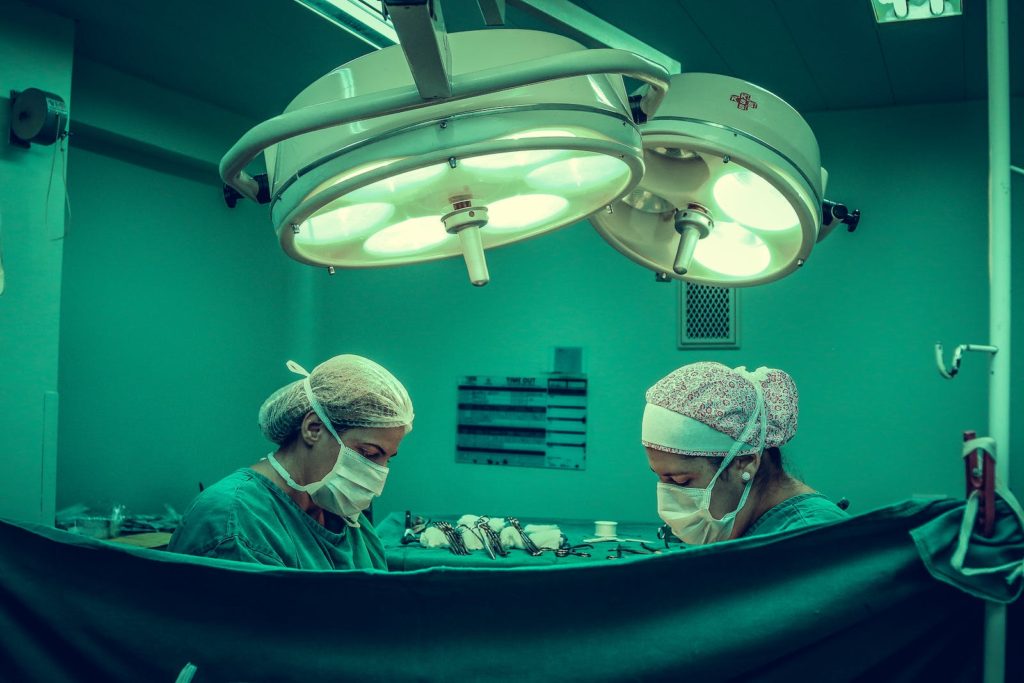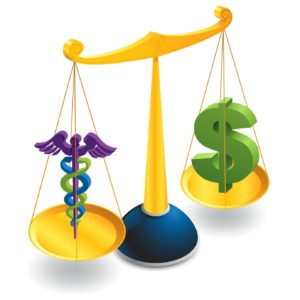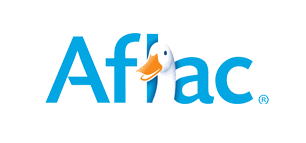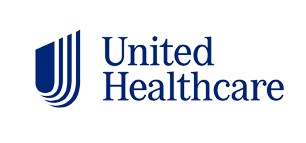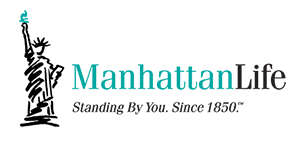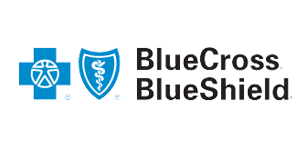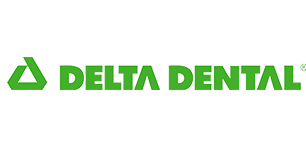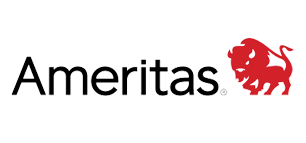The Federal Drug Administration is charged with enforcing Congressional legislation and FDA regulations to protect the health, safety, and economic interests of the consumer. The Federal Food, Drug and Cosmetic Act’s intent is to guarantee that medical devices in the USA are safe and effective for their intended uses. An FDA approved medical device is any product used for medical purposes for the benefit of patients. The following are some examples of medical devices:
- Stents
- Heart Valves
- Surgical Sealants
- Artificial Hips
- Cervical Discs
- HPV Test Kits
- Condoms
- Brain Stimulators
- Catheters
- Intraocular Lenses
Section 510(k) of this Act requires that a Premarket Notification application be submitted by manufacturers and or importers of medical devices in the following circumstances:
- If they wish to introduce a new medical device to the United States of America market when a similar device already exists.
- When developers design a device and have it manufactured by another company for sale in the United States.
- A significantly different design is proposed for a medical device already sold in the U S.
- Medical devices are relabeled or repackaged.
Actually the FDA does not “approve” medical devices; they “clear” them for sale.
The 510(k) Premarketing Notification is generally reviewed by the FDA within 90 days. During this process additional information may be requested. Once an FDA 510(k) number has been issued for the FDA approved medical device, it does not expire. To continue selling the product in the United Sates, all FDA regulations must be complied with and the manufacturing facility can be inspected at any time. A clearance letter with the FDA number allows the device to be listed on the FDA’s web site.
If the medical device in the USA does not fit the criteria for a Premarket Notification a more stringent Premarketing Approval marketing application (PMA) must be submitted to the FDA. This PMA application must contain verification that there is scientific evidence of the device’s safety and effectiveness for its intended use or uses.
There is also a Humanitarian Device Exemption application. A HDE application is for a device designed for the treatment and diagnosis of a disease or condition affecting fewer than 4,000 individuals in the USA per year.
Once a medical device, intended for use in the US, has been approved for marketing, the establishment involved in its production and distribution, must register annually with the FDA.
There are already six new FDA approve medical devices listed on the FDA’s web site for this year as of April 12, 2010. To review recent medical device approvals please go to the following link:
https://www.fda.gov/MedicalDevices/ProductsandMedicalProcedures/DeviceApprovalsandClearances/Recently-ApprovedDevices/default.htm
Once a new medical device is approved by the FDA, it still has to pass the hurdle of health insurer coverage in order for it to be available for an insurance patient’s use. Figuring into the insurance carrier’s decision are any liability exposures the product may pose.
There is some controversy on how the proposed new medical device tax of 2.3% for each sale, planned to take effect in 2013, under the newly enacted Health Care Reform Bill, will figure into venture capital investment and insurer coverage of new devices.
Original Article: Here
Written by
Jeffrey Johnson

